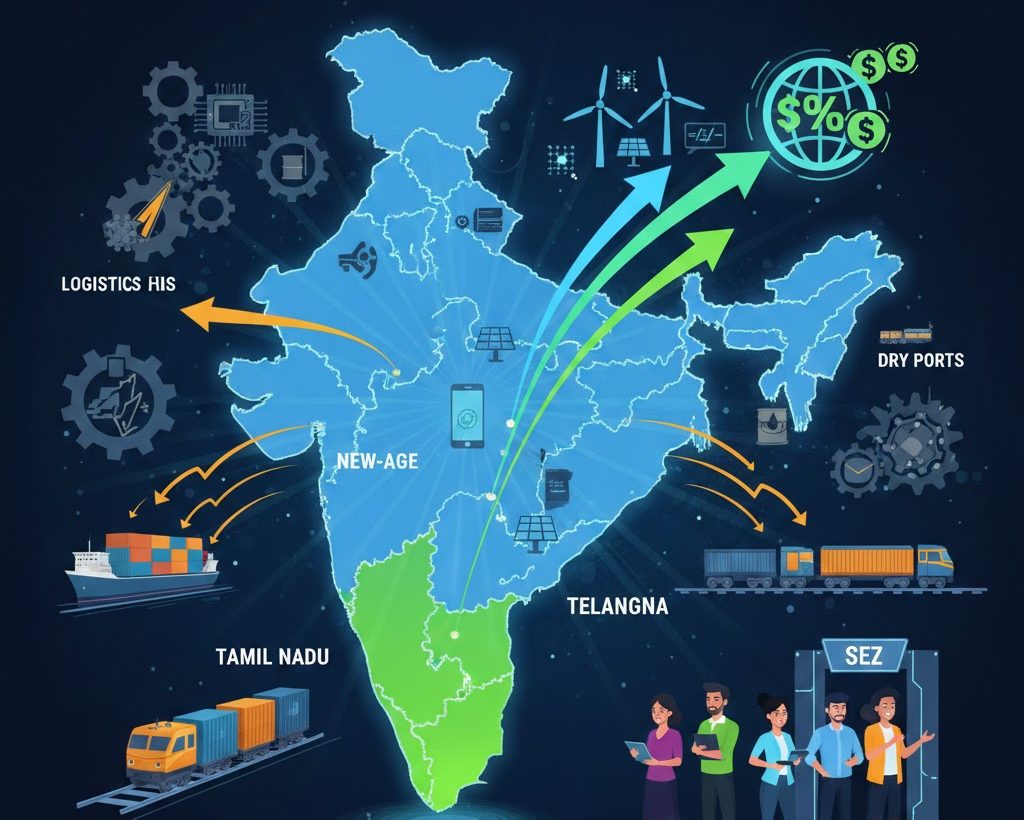Font size:
Print
Chandrayaan-5 Mission
Context:
The Government of India has approved the ambitious Chandrayaan-5 mission to study the Moon, ISRO Chairperson V. Narayanan announced on March 16, 2025.
Key Details of Chandrayaan-5
- Chandrayaan-5 will carry a 250kg rover, significantly larger than the 25kg “Pragyan” rover used in Chandrayaan-3.
- This mission is part of India’s broader goal of achieving a lunar landing by 2040.
- The mission is a collaborative effort between India and Japan.
- The mission aims to conduct a detailed study of the lunar surface.
Chandrayaan Mission Series
- Chandrayaan-1: Launched in 2008 successfully carried out chemical, mineralogical, and photo-geological mapping of the Moon.
- The Chandrayaan-2 mission: Launched in 2019 was 98% successful, but it faced challenges in the final stages, missing out on just 2% of the mission’s objectives. However, the onboard high-resolution camera continues to send hundreds of images.
- The Chandrayaan-3 mission was a follow-up to Chandrayaan-2, focusing on demonstrating the capability for safe landing and roving on the lunar surface.
- Chandrayaan-4 (2027): Expected to launch in 2027, this mission will focus on collecting lunar soil samples and bringing them back to Earth for further analysis.
- Chandrayaan-5/LuPEX mission: This mission will feature a higher capacity lander and aims to demonstrate technologies for future lunar landing missions, including human landings on the Moon’s surface.
Plans for Future Projects
- Bharatiya Antariksh Station: India plans to establish its own space station, called Bharatiya Antariksh Station, by 2035.
- Gaganyaan: ISRO is working towards sending Indians to the Moon in Indian-made rockets.
- SSLV Development: ISRO has developed the SSLV to capture the global market for small satellite launches (up to 500 kg).


